What's new at Scion Edition No. 2
Forestry Research Updates
Welcome to the second edition of our quarterly industry-facing newsletter that is written specifically with you in mind. We hope to highlight to you our research that will provide real impact within your business and sector and look forward to further engagement with you. Each story has a key contact person and I encourage you to reach out to them for further information and discussion.
In the edition, find out about:
This is the second of our quarterly newsletter delivered to your inbox. To ensure it adds value and is relevant to you – please help us by clicking this link to let us know what else you would like to hear about
If you haven’t signed up already, please do so here to continue receiving these updates. Feel free to also share this within your circles.
Henri Bailleres, General Manager for Forests To Timber Products.
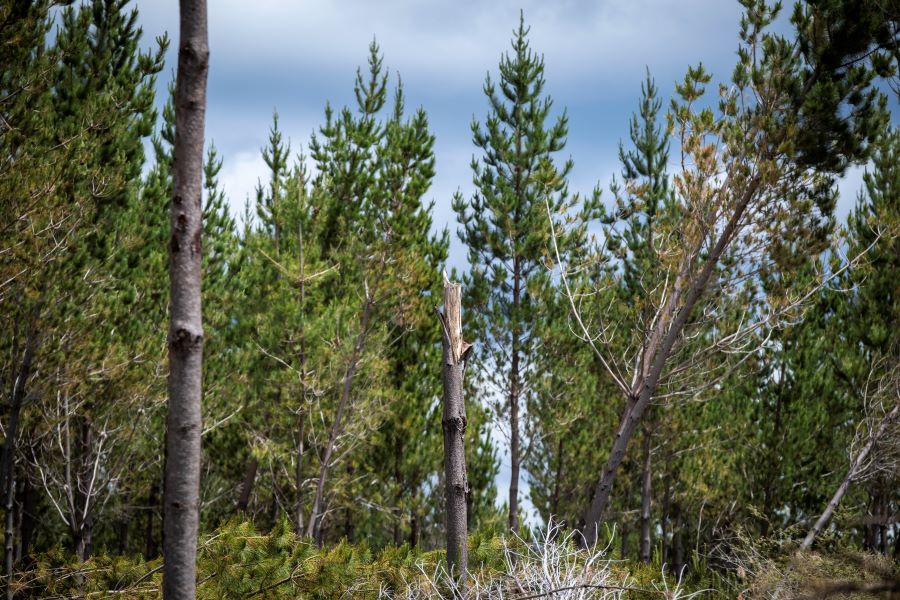
Valuable insights into wind damage in radiata pine plantations
The Rangipo Accelerator trial provided valuable insights into wind damage in radiata pine plantations following Cyclone Gabrielle in February 2023. The study revealed that genetic variation significantly influenced damage susceptibility, with some clones consistently suffering less damage than others. Trees with greater wood density sustained less damage, suggesting that selecting for higher wood density could reduce wind damage risk. The study also noted that higher stocked plots generally took less damage than lower stocked plots. However, this observation comes with caveats due to potential localised variations in wind strength across the trial site. Additionally, trees in higher stocked plots can become taller and thinner, potentially increasing the risk of wind damage to individual trees.
Ongoing monitoring of the Rangipo site will be critical to determine the full physical and economic impacts of the wind event. Further assessment will be undertaken to identify any continued decline or recovery in wood properties and how this is affected by tree genotype. This information will be essential for developing strategies to minimise losses immediately after wind events and to maximise value from remaining trees in affected plantations.
Read the paper in the New Zealand Journal of Forestry: Salvaging what we can - novel data on wind damage from the Rangipo Accelerator trial
Contact: Simeon Smaill, Portfolio Leader - Establishing indigenous forests
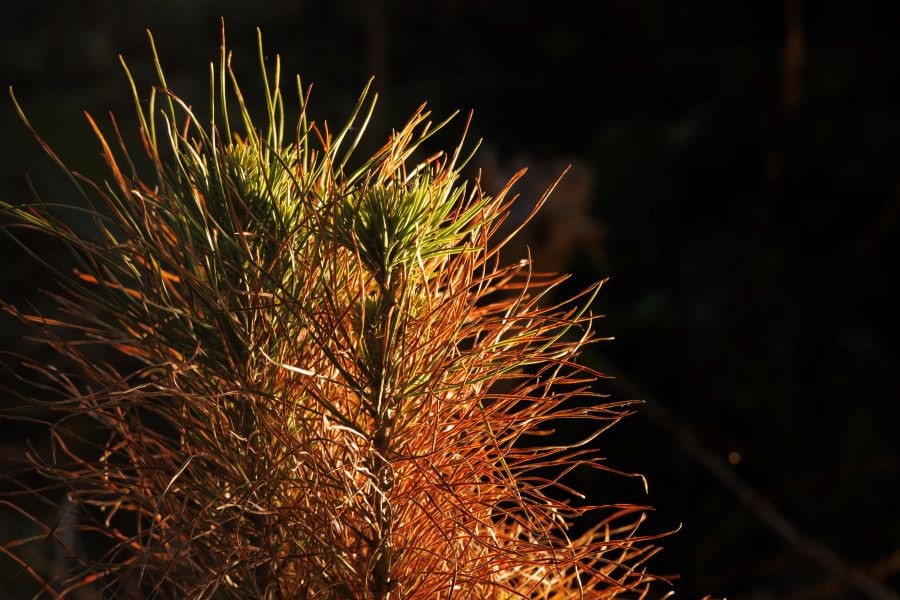
Understanding red needle cast in radiata pine forests
Red Needle Cast (RNC) is a significant threat to radiata pine forests, the cornerstone of New Zealand’s forest industry.
In 2020, the disease affected only 1% of the 3000 monitored plots in the Gisborne region, by 2023 severe RNC was observed in 52.7% of plots. Scion researchers have looked at how environmental conditions could be used to predict outbreaks and their severity months in advance. By integrating large-scale observations from satellite imagery with climatic data, the predictive model could allow disease outbreaks to be managed more effectively.
Key variables affecting outbreaks and their severity include solar radiation, relative humidity, rainfall and maximum air temperature. The predictive model combined satellite imagery with weather data to predict the incidence of RNC on radiata pine in Gisborne over five years (2019-2023).
The model predictions matched underlying data showing when RNC was most and least severe. The final model was 89% accurate, and understanding these climatic influences allows forest managers to anticipate and manage RNC outbreaks more effectively. By monitoring environmental conditions, targeted interventions can be implemented to protect vulnerable areas, ensuring the health and productivity of radiata pine forests and mitigating the impacts of the disease on growth.
Preventative control is more likely to be effective than treatment of visible symptoms so this effective, low- cost pre-visual prediction method will allow for more focused monitoring and treatment.
This research is part of the Transforming Tree Phenotyping research programme.
Click through to view the full paper and analysis: Early Prediction of Regional Red Needle Cast Outbreaks Using Climatic Data Trends and Satellite-Derived Observations
Contact: Grant Evans, Portfolio Leader - New value digital forests and wood sector
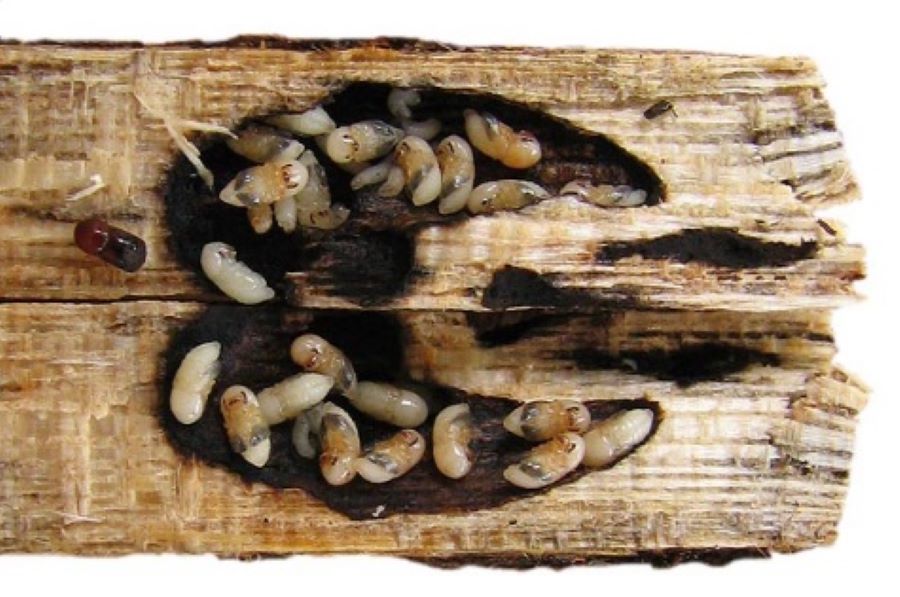
Preparing for the threat of bark and ambrosia beetles
New Zealand's forests and trees are facing a critical threat from emerging diseases, posing significant risks to our economy, environment, and cultural heritage. The increasing introduction of new pests and pathogens, coupled with environmental disturbances, is exacerbating this challenge. Of particular concern is the unexpected emergence of "mutualistic" associations between woodboring beetles and pathogenic fungi, which led to deadly tree infections, such as Dutch elm disease. New Zealand's current capacity to detect and respond to these threats is severely limited. To address this critical issue, Scion is are assembling an interdisciplinary research team that integrates international and national expertise in entomology, fungal pathology, invasion ecology, landscape ecology, chemical ecology, socio-ecological change, and Mātauranga Māori. This research will explore the microbial and chemical interactions between host plants, beetles, and associated fungi to uncover mutually beneficial functions that intensify aggressiveness toward hosts and threaten susceptible species.
By leveraging New Zealand's history of forest health protection and investment in biosecurity science, this research aims to enhance our preparedness and readiness to tackle these emerging tree diseases. Your support and engagement in this critical initiative will be instrumental in safeguarding our forests, economy, and cultural heritage for future generations.
Contact: Nicolas Meurisse, Team Lead, Forest Ecology and Management
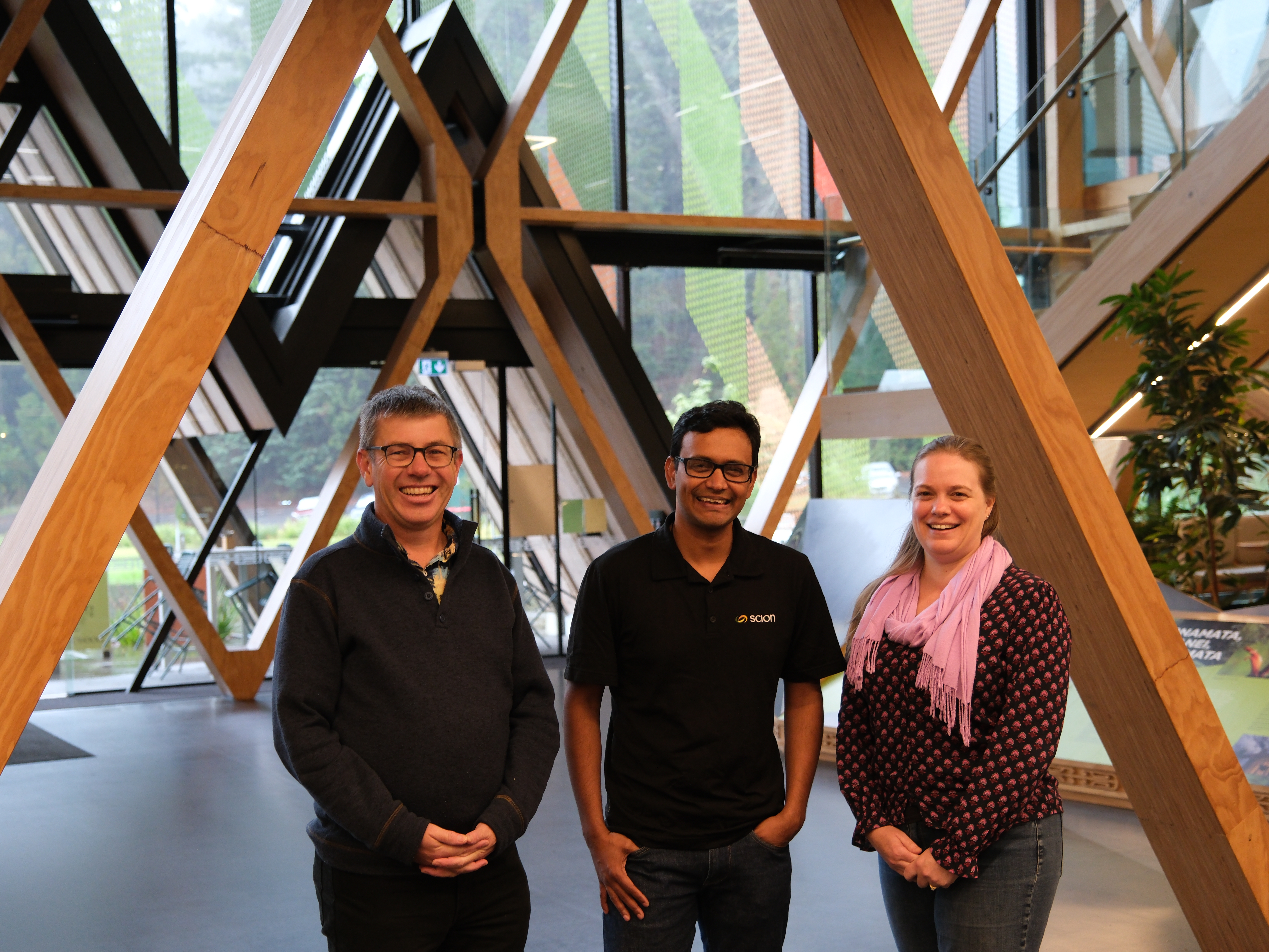
Ranking and comparing the sequestration rates of five species
Recently published research about the carbon sequestration potential of five major plantation tree species in New Zealand in the Carbon Balance and Management journal provides a novel framework to rank and equally compare the carbon sequestration rates for four exotics and one indigenous tree species. The framework allows comparison of what species grows best at a particular site allowing effective decision-making.
No single species was always best – in contrast to other studies on this topic. This finding reflects the complex dynamics between site, species, and management. Lead author and ecophysiological forest modeller Serajis Salekin says “the research further emphasised the importance of site-species matching with appropriate management to maximise gain, in this case carbon rather than arbitrarily choosing species”.
The process-based model allowed for an equal comparison of different forest types, species, locations and used a range of management options. The ‘gold standard’ of available tools to project carbon accumulation are built on traditional empirical modelling framework. This approach applies generalisations across the country and doesn’t include variation in spatial scales.
Process-based models may be more sensitive to these variations because they aim to describe important physiological and ecological processes, such as photosynthesis, respiration and competition amongst trees.
“A process-based model may provide an opportunity to investigate the likely impact of climate change on carbon sequestration, with climate change likely to be already impacting the growth and carbon sequestration of forests.”
Read the paper here.
Contact: Serajis Salekin, Ecophysiological forest modeller
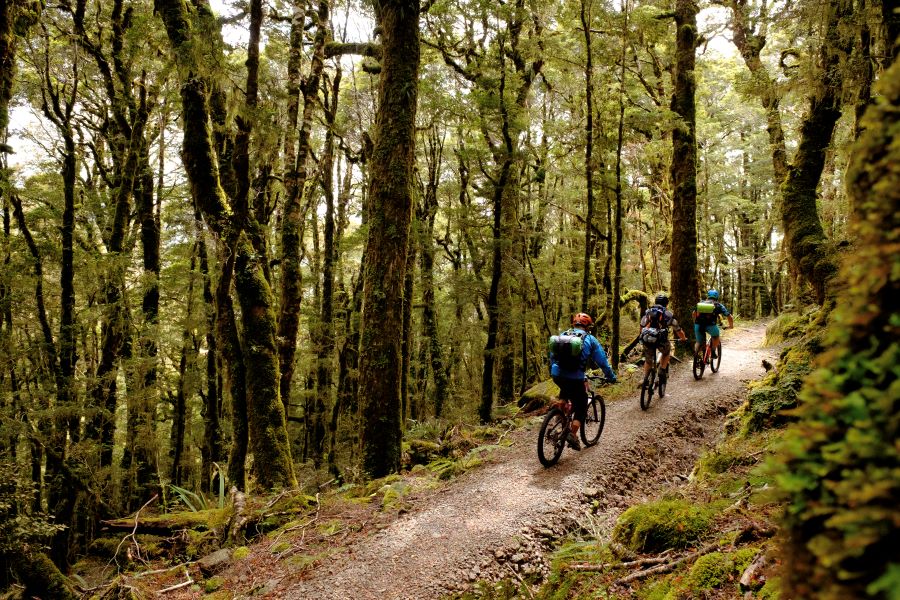
The full value of your forest: Scion's Forest Investment Framework
Forests are typically valued for their timber, but there is increasing recognition of the other products and services that forests provide. These products and services that provide multiple benefits to people are known as ecosystem services.
Being able to articulate all these assessed benefits from forests has supported companies to become environmentally certified, enhanced their social license, and, in some cases, given new revenue streams over and above timber. With the rapid growth of the requirement by markets for forest management certification, corporate social responsibility (CSR) and environmental and social governance (ESG), understanding these values helps in market access and potentially even increased revenue.
Scion’s Forest Investment Framework (FIF) calculates forest profitability (value), carbon stocks, avoided soil erosion and avoided nitrate leaching. Recreational and biodiversity values can also be calculated to give an overall forest value. Numerous examples of these analyses have been undertaken by Scion for forest companies, central government, regional councils, and iwi. A paper on the broader value of New Zealand’s planted forests was published in 2021 (Yao et al 2021). Results can be shown as maps, in tabular form, or graphically demonstrating the proportion of the contribution of each product or service to the whole.
Read the 2021 paper, Assessing the Broader Value of Planted Forests to Inform Forest Management Decisions.
Contact: Richard Yao, Economy and society scientist
